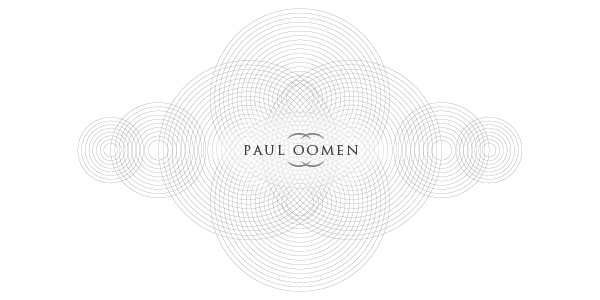9 September 2011 - Text based upon a spoken lecture by Paul Oomen during the Symposium
Spatial Music, organized during Gaudeamus International Week of
Contemporary Music. 2550 words
SUMMARY
Oomen approaches the subject reviewing his diverse endeavours in
composing spatial music. He focusses on the creation of 4DSOUND
technology, a development that has been central in his work since 2007.
The main concerns of this development are introduced by four reflections
on spatial elements: space, distance, movement and perspective.
Read On 4DSOUND
